Most gaming systems run off a d20 rule set. That is, they use a twenty sided dice as their primary means of deciding success and failure. In most of these systems rolling a 20 is considered a critical hit or crit, while rolling a 1 is an automatic miss. In most homebrew tables I have sat at, the 1 goes further to be something incredibly bad for the one who rolled it or their party members.
A rolled 20 is celebrated with cheers from the players and the GMs alike – The GM should always celebrate player success, that’s another blog. However, the 1 often gets an “oooh nooo.”
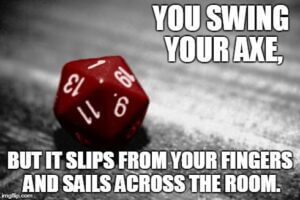
At my tables I like to celebrate both. To me, a 1 is not “just a miss” nor is it a “shitty thing about to happen.” Instead, a 1 is a chance for some exceptional Role Play, or at the very least, it is an opportunity for the GM to have fun with the story in a way they hadn’t thought of during prep.
Rather than simply have the 1 me a miss or have it automatically be something horrible (I mean come on 5% for something horrible to happen? No.), I came up with a middle ground.
When a player rolls a 1 in my games, they have to roll a second time – in older D&D systems this was done for criticals and called a confirmed crit. In my system if that second roll would have hit the baddie, the player simply misses. If the player rolls under the hit, then the character misses and something annoying happens to their character: they drop their weapon, their gun jams, they break their tool or instrument, the animal they were trying to calm spooks and runs away. If the dice-chi is not with the player and they roll a second 1 however, some monumental trouble will befall their character or team: they activate the trap they were trying to disarm, they make the translation in reverse and curse themselves or a team member, they attack a fellow party member instead of the monsters – incidentally I had a long running group many years ago that had a running gag that you were not a party member until the Ranger had shot you in the back (he was prone to rolling double ones).
One of my favourite fumble roll chart is from the podcast DnDUI, yet you can easily make your own.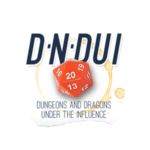
Like all games, the GM & Players should discuss this rule and the limits (if any) to the severity of the double 1, my suggestion to the GM is to also listen closely to the players when they see that first one, more often than not they will come up with the horrors about to befall them without you having to say a thing, take a couple notes to use to give the players an “I knew it” moment if you like. Or my personal favourite, the second 1 does absolutely nothing…yet. Just look at the player dead in the eye and say “nothing happens,” or even more fun “you hit.” That will create a mood around the table like you had when you were going downstairs as a kid and you knew you sister owed you a scare from the day before. Everything the player will do will be second guessed while they wait for the other shoe to drop.
I tend to wait until the next round or even another game and have the character cursed, or their magic is broken, or they wake up the next day with a pulled muscle, here are a lot of ways to scre- uh, have fun with a character
Evil? Maybe a little, it is a 1 afterall.
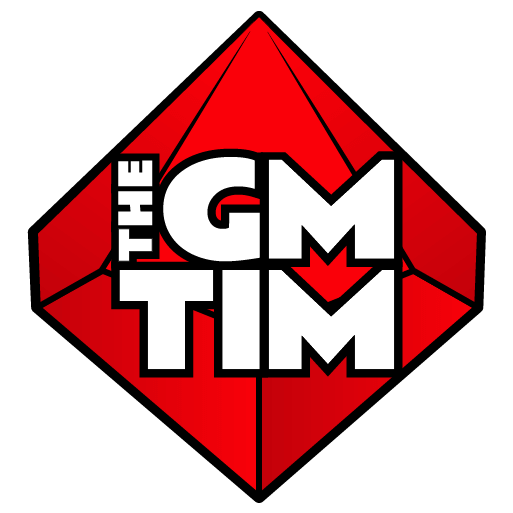

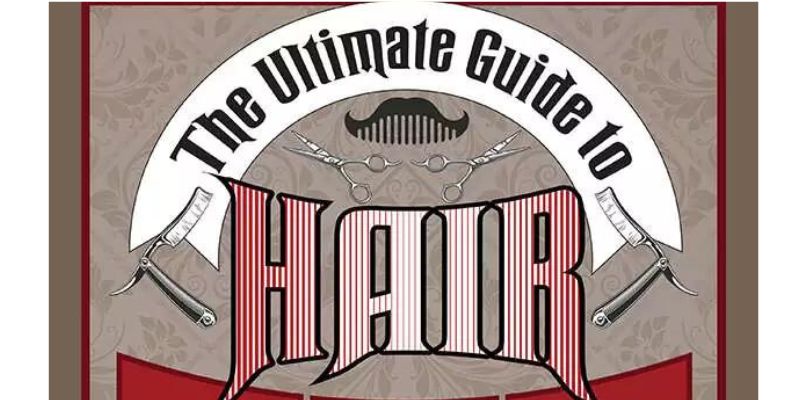
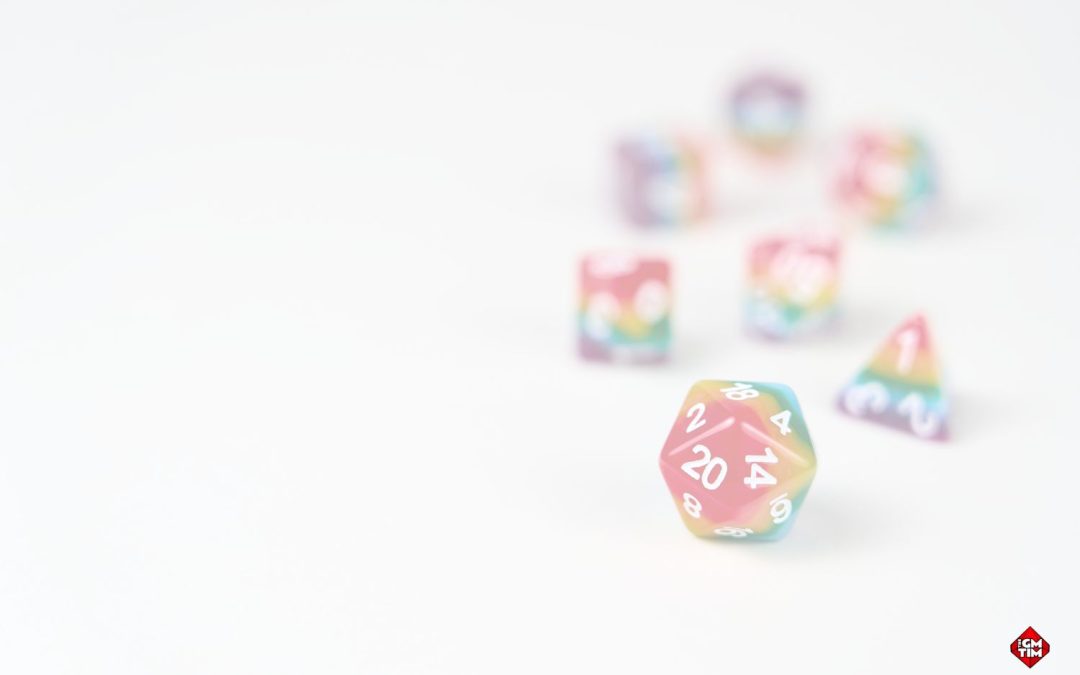
Hi Tim
Just found you via the Table Top Babble podcast. Interesting stuff. I was vaguely considering the possibilities of being a professional DM… however it doesn’t seem very scaleable. Ultimately you are never going to be able to charge more than 20 dollars per person per session, so maybe 100 dollars a session for 4 hours plus travel plus prep time. That’s not a bad salary if you ran a session every day, but on the other hand I just turned 40, so I need a bit more money that that!!! Creating the app that links professional DMs to players would def. be a smarter idea, so good luck if you do that.
Anyway whilst I am here, I also like a critical fumble… most fumble charts don’t take into consideration that a fumble of someone attacking with a ranged weapon or natural weapon (in the case of a monster) looks different to that of one attacking with a melee weapon. However I took that into account on my table that also offers some saving throws to avoid some effects, and suggestions for limiting the effect of fumbles on high level characters (who have more attacks).
https://www.hipstersanddragons.com/critical-misses-5e-dnd/
Hope you like these tables, and let me know if you use them!
Sweet Duncan, thanks for the suggestion. I liked the discussion about the question of multiple attacks at higher level. I used to do some similar stuff. My players in Loose Endz are starting to get to the levels where I will have to start thinking about that.